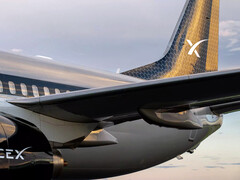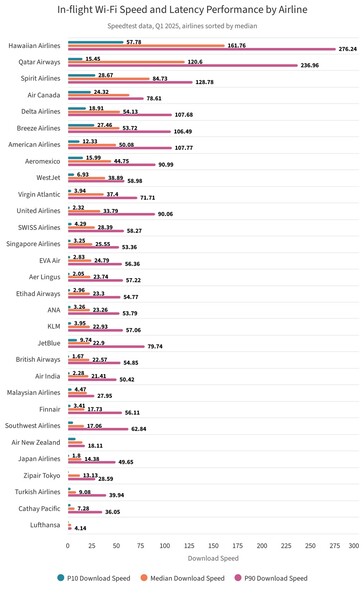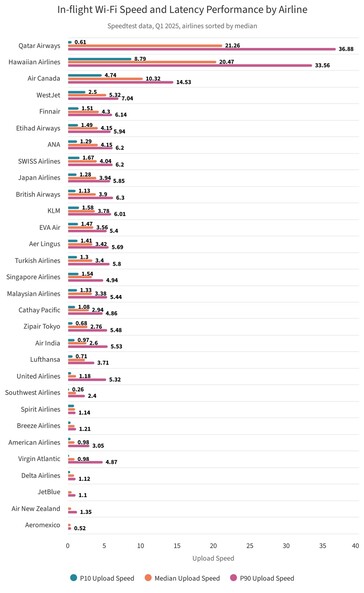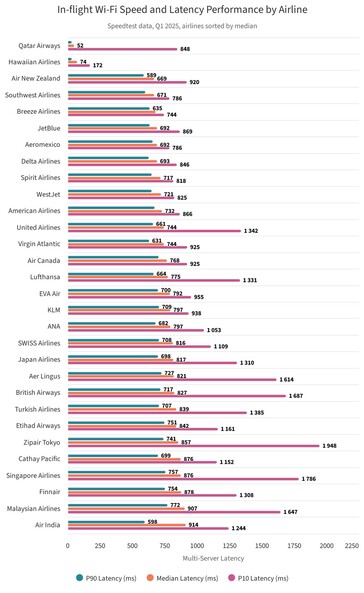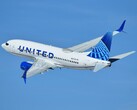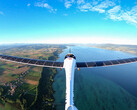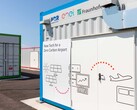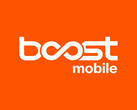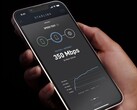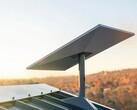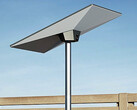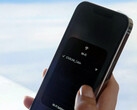Airlines like Hawaiian or Qatar Airways that subscribe to the Starlink Aviation service of SpaceX offer the fastest in-flight Wi-Fi according to new plane Internet speed tests.
Currently, the in-flight Internet experience at a lot of airlines, even ones that are award-winning in other areas like customer service or punctuality, is lacking quite a bit.
This is due to the smorgasbord of in-flight Wi-Fi providers they have signed ongoing contracts with, as they don't have the robust low Earth orbit (LEO) satellite constellation of SpaceX's Starlink.
Airline Internet download speeds (Mbps)
- Hawaiian Airlines 161.76 Mbps
- Qatar Airways 120.6
- Spirit Airlines 84.73
- Air Canada: 78.61
- Delta Airlines: 54.13
- Breeze Airlines: 53.72
- American Airlines: 50.08
- Aeromexico: 44.75
- WestJet: 38.89
- Virgin Atlantic: 37.4
- United Airlines: 33.79
- SWISS Airlines: 28.39
- Singapore Airlines: 25.55
- EVA Air: 24.79
- Aer Lingus: 23.74
- Etihad Airways: 23.3
- ANA: 23.26
- KLM: 22.93
- JetBlue: 22.9
- British Airways: 22.57
- Air India: 21.41
- Malaysian Airlines: 27.95
- Finnair: 17.13
- Southwest Airlines: 17.06
- Air New Zealand: 15.42
- Japan Airlines: 14.38
- Zipair Tokyo: 13.13
- Turkish Airlines: 9.08
- Cathay Pacific: 7.28
- Lufthansa: 4.14 Mbps
The median airline Internet download speeds show two clear winners - Hawaiian and Qatar Airline - both of which use Starlink as their in-flight Internet service provider. Next in line is Spirit, which uses Boeing's Hughes that owns and operates over 70 satellites in geostationary or medium Earth orbit.
Most airlines in the list use the in-flight Wi-Fi service of satellite company aggregator Panasonic that occupies the golden middle when it comes to performance. Lufthansa is a special case because a lot of its passengers are tied to the surface-to-air LTE ground network of Deutsche Telekom that weighs heavily on its data.
On the other hand, Qatar Airlines, as well as Hawaiian, also use other in-flight Wi-Fi service providers than SpaceX, but it's their Starlink Aviation subscription that elevates their median download speeds to the top of the plane Internet ranking.
Uploads and ping are the other two important elements of in-flight Wi-Fi performance, and Starlink-equipped airlines shine according to both of these criteria. A recent study, however, put airline Internet towards one of the last criteria that passengers rank them by, which may have given some a pause when it comes to upgrading the in-flight Wi-Fi experience.
More and more airlines are choosing Starlink, though, and the SpaceX Internet service is being developed by leaps and bounds, with V3 satellites that offer 10x the capacity expected to launch in 2026, so it may not be long before the in-flight Internet experience becomes much better than it is at the moment.




